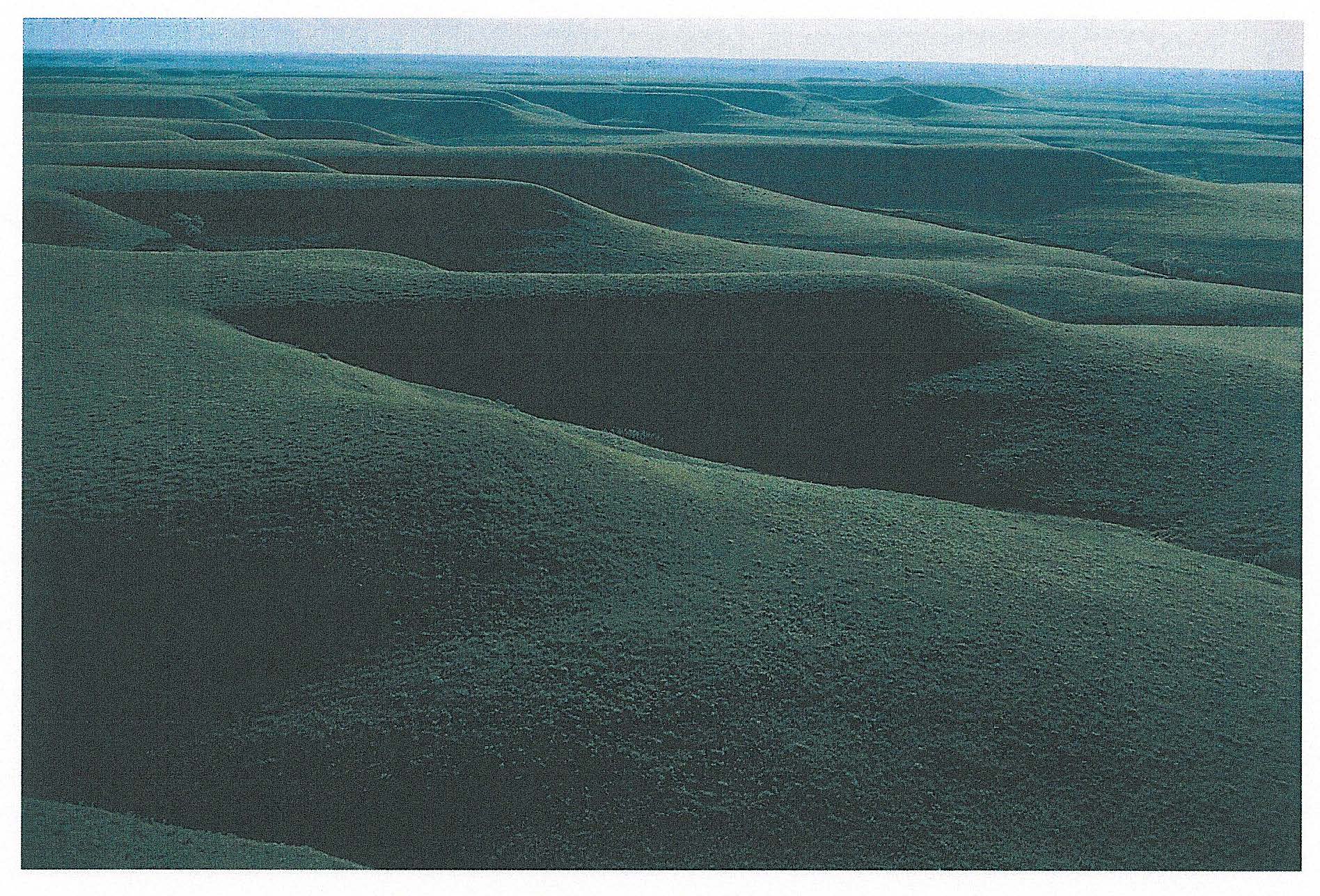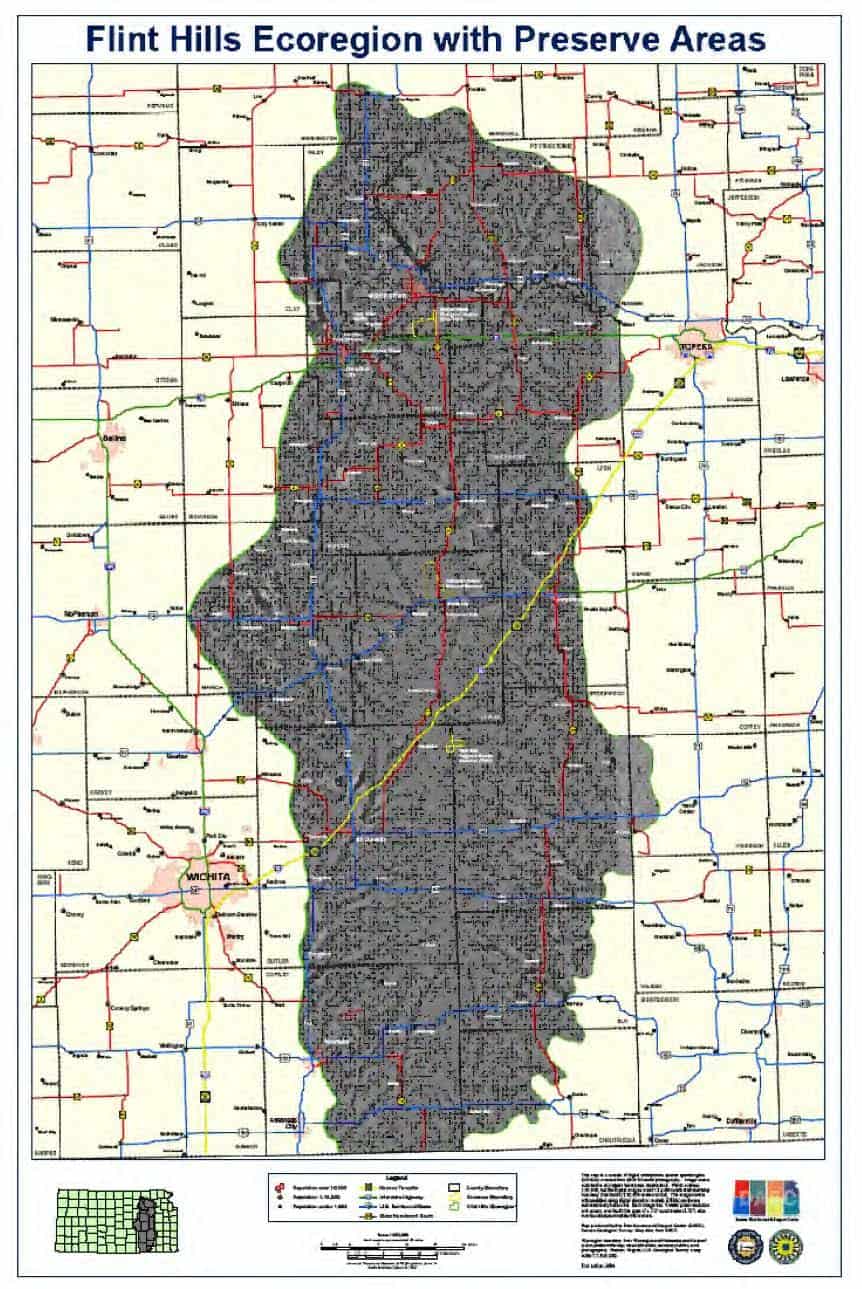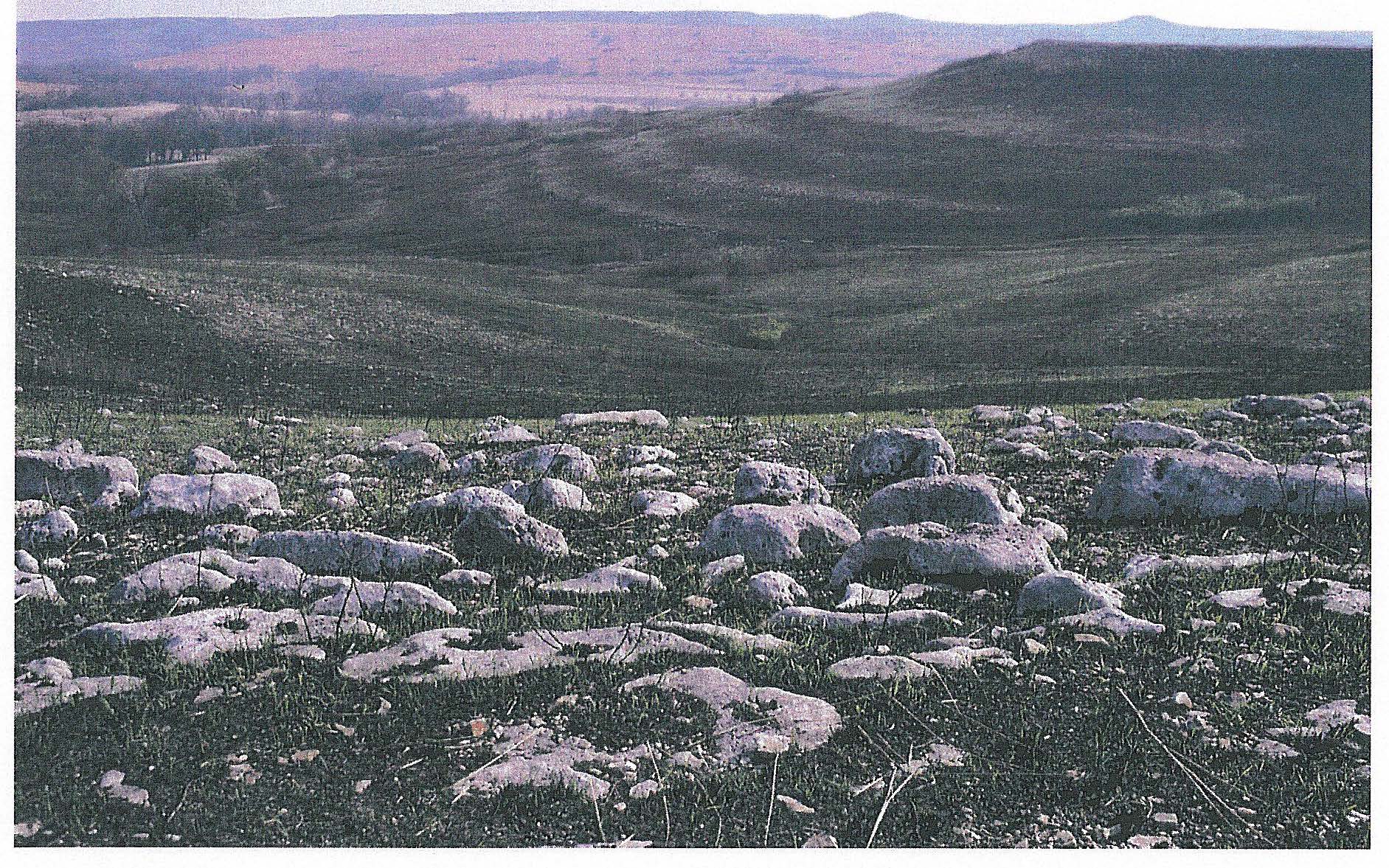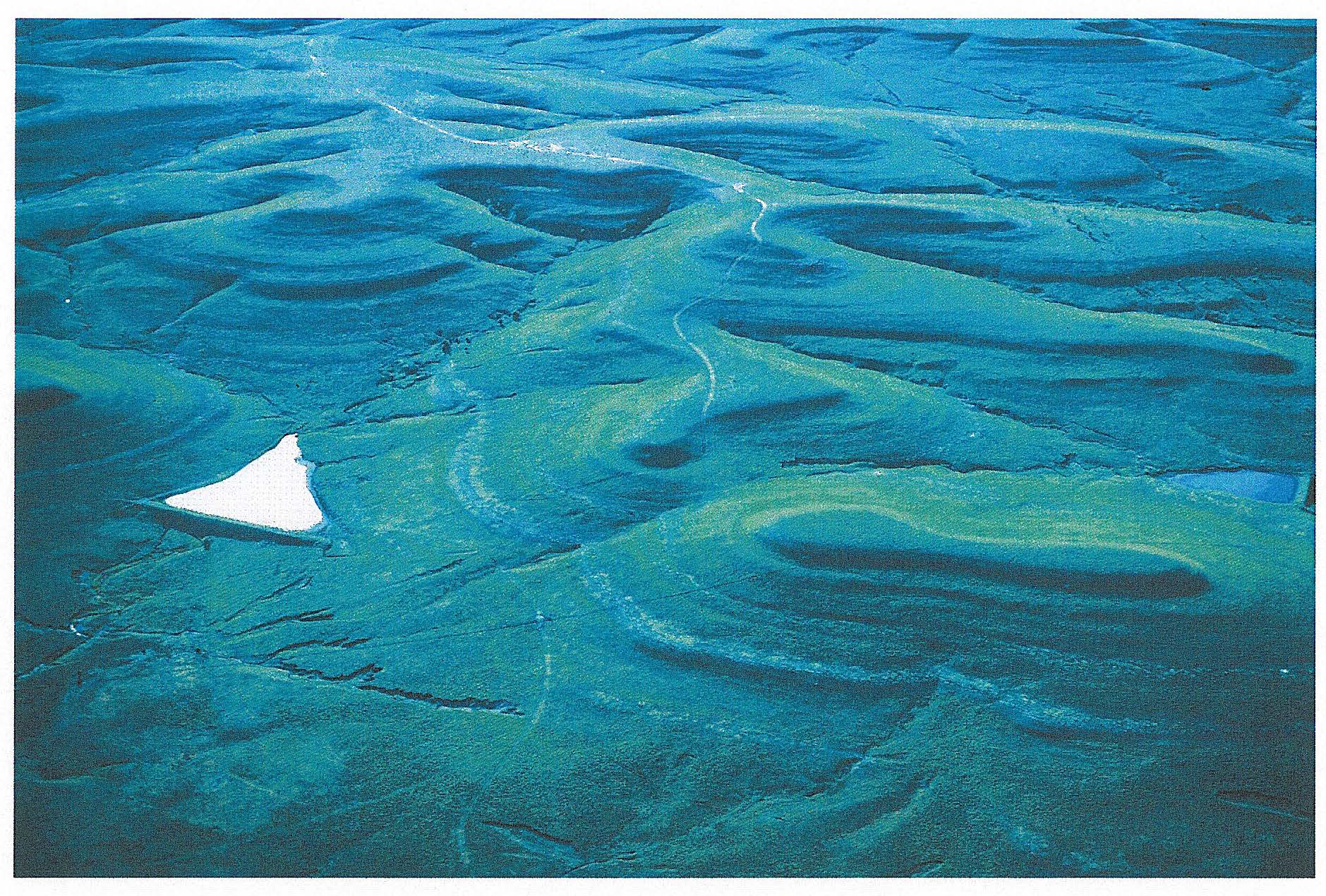Related Content
- Jurisdiction
- Equitable Jurisdiction
- Venue
- Class action
- Class Representative
- Individual plaintiffs
- Defendant Scottish Power
- Defendant PacifiCorp
- Defendant PPM Energy Inc.
- Scottish Power and commercial wind power development
- Defendant Greenlight Energy Inc.
- Sale of Elk River Windfarms LLC
- Defendant The Empire District Electric Company
- The Empire District Electric Company and the Elk River Project
- The Flint Hills Ecoregion
- Flint Hills Endangered Flora & Fauna
- The Native Prairie Grasslands
- Tallgrass Prairie National Preserve
- Legislative History: Tallgrass Prairie National Preserve
- The Konza Prairie Site
- The LTER Program
- The Prairie Parkway
- The Flint Hills Scenic Byway
- Flint Hills Scenic Resources
- International recognition of the Tallgrass Prairie
- Birds of the Tallgrass Prairie
- Tourism
- Beneficial impacts of tourism
- Economic impacts of tourism
- The Blue Ridge Parkway Experience
- Serious, permanent & irreparable damage
- Wind turbines kill birds of prey
- Wind turbine development destroys habitat
- Wind turbine development damage
- Damage to quality of life
- Wind turbines: an economic catastrophe
- Tax avoidance and subsidies
- Voodoo economics of wind turbine power
- Catastrophic wind turbine failures
- The Electric Power Grid
- The prayer for relief
The Flint Hills Regional Environmental System
38. The Flint Hills Regional Environmental System is the set of all the coupled and interactive processes which exist between and among the lithosphere, atmosphere, hydrosphere, biosphere, sociosphere and econosphere together with all the biotic and abiotic resources involved in such processes and upon which such processes depend.
General Description of the Flint Hills Tallgrass Prairie Regional Ecosystem
39. The following aerial photograph is a fair and accurate representation of the Flint Hills Tallgrass Prairie Regional Ecosystem viewscape in the vicinity of the proposed Elk River Project.
40. The Flint Hills Tallgrass Prairie Ecosystem lies within the Osage Plains/ Flint Hills Ecoregion of Kansas, Missouri and Oklahoma. It is located in eastern Kansas and northeastern Oklahoma and includes a relatively intact prairie landscape of 4.9 million acres. From the northernmost point approximately 25 miles from the Nebraska/Kansas border it extends 250 miles south to Tulsa, Oklahoma. Its width is relatively uniform, averaging perhaps 50 miles but reaching 75 miles at its widest. Except for the extreme northern portion, it lies south of the farthest maximum advance of glacial ice during the Pleistocene Epoch.
40.1 The following graphic exhibit is a map which is a fair and accurate representation of the relatively intact or “untilled” natural community landscapes in the Osage Plains/Flint Hills Ecoregion of the Flint Hills Tallgrass Prairie Regional Environmental System within Kansas and Oklahoma. Because of different mapping criteria used for the portion of the map within the State of Missouri, the areas colored green and labeled “relatively intact” are actually areas which have been identified for prairie restoration activities. Although the areas indicated within the State of Missouri include remnant prairie lands, much of the original prairie land and landscape has been converted to croplands and/or been planted or become infested with introduced cool season (tame) grasses or has succeeded to woodlands. The scattered remnant prairies in west central Missouri including the Missouri Prairie State Park near Joplin are not shown on this map.
40.2 The 3,900 acre Prairie State Park located 35 miles north of Joplin, Missiouri, headquarters of corporate Defendant The Empire District Electric Company, is only half the size of the area of the industrial wind turbine commercial electric power generation facility proposed to be constructed, operated and maintained at Elk River.
40.3 Less than one percent of the original tallgrass prairie that once covered a fourth of the Missouri landscape remains. According to the Missouri Department of Natural Resources, The Prairie State Park offers nearly 70,000 visitors “a chance” to view and experience prairie flora and fauna.
40.4 Many corporations in Missouri support prairie preservation and restoration activities within the State of Missouri. Kansas City Power & Light Company has provided financial support for the partnership efforts of the Missouri Prairie Foundation, Missouri Prairie Foundation and The Nature Conservancy.
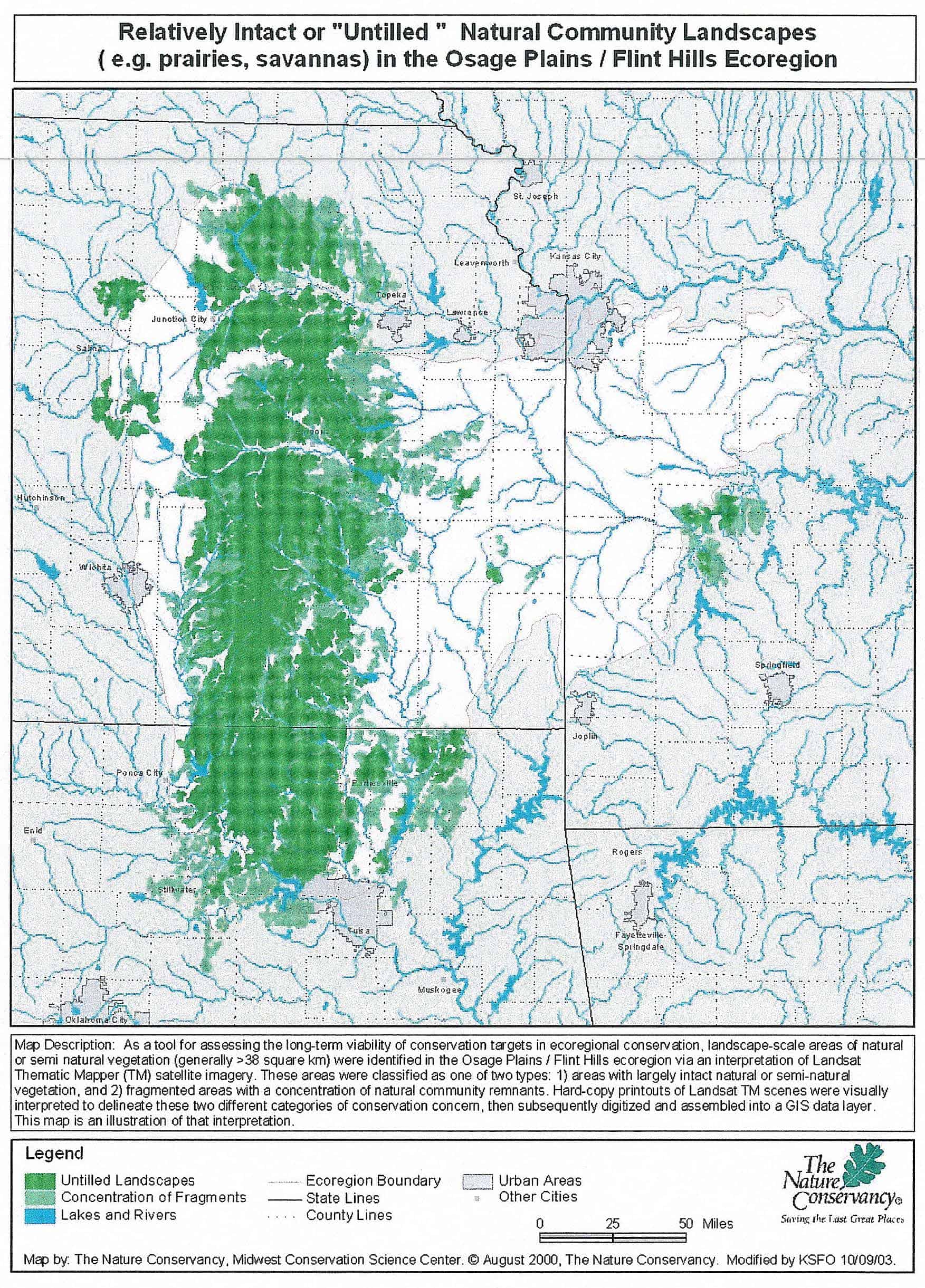
The relatively intact or “untilled” natural community landscapes in the Osage Plains/Flint Hills Ecoregion of the Flint Hills Tallgrass Prairie Regional Environmental System within Kansas and Oklahoma
40.5 The preceding map is a fair and accurate representation of the Flint Hills Ecoregion in the State of Kansas prepared by United States Geological Survey.
41. The Flint Hills Tallgrass Prairie Regional Ecosystem is underlain by distinctive geologic formations of limestone and sandstone that result in differing dominant matrix natural communities which occur contiguously as one surface landform.
41.1 The following photograph is a fair and accurate representation of one of the distinctive geologic formations that characterizes the Flint Hills Tallgrass Prairie Regional Ecosystem.
42. The Flint Hills Tallgrass Prairie Regional Ecosystem includes the Greater Flint Hills which is a limestone-based ecosystem, the Elk Prairie which is sandstone-based and the Ochelata Prairie which is limestone-based.
43. The Flint Hills Tallgrass Prairie Regional Ecosystem landform is characterized by gently sloping, prairie-dominated hills of limestone, shale and sandstone.
43.1 The following photographic exhibit is a fair and accurate representation of such gently sloping, prairie-dominated hills.
44. The Flint Hills are the source of many of the streams and rivers which are critical elements of the Flint Hills Regional Environmental System. Its shallow loamy soils overlying bedrock combined with a 150 year heritage of ranching are largely responsible for its continued existence relatively free of damage from urban/suburban development and other agents of habitat loss. Many of the streams within the Flint Hills Tallgrass Prairie Regional Ecosystem are remarkably clear and clean. The native prairie drainages contain some of the least contaminated streams in the entire Great Plains.
44.1 The following photographic exhibit is a fair and accurate representation of the prairie dominated hills of the Flint Hills Tallgrass Prairie Regional Ecosystem.

Flint Hills landscape_44
45 . Climate is influenced by the ecoregion’s position within the interior of the continent. Hot continental summer temperatures and cool winters (accentuated by cold arctic blasts) are the norm. A pronounced rain shadow from the Rocky Mountains found throughout the Great Plains is somewhat tempered by periodic to frequent moisture-laden airflow from the Gulf of Mexico.
45.1 The following graphic exhibit prepared by the Kansas Geological Survey shows the annual precipitation over the State of Kansas which is reflected in the vegetation gradient from East to West.
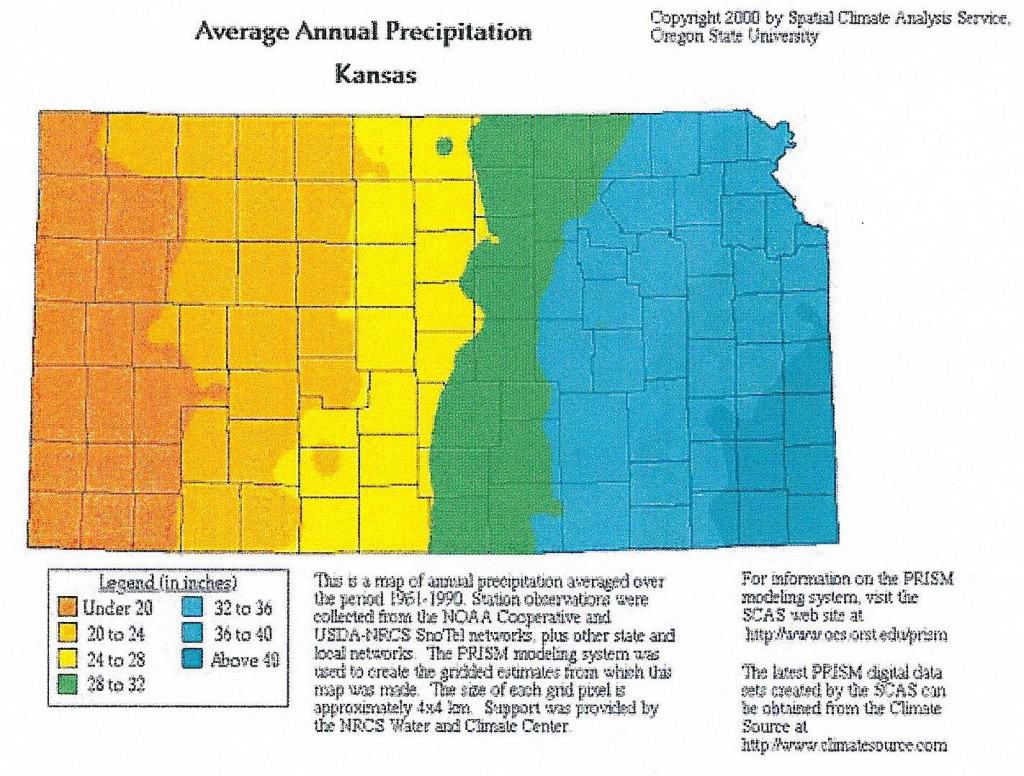
Kansas Annual Precipitation
46. The vast majority of land in the Flint Hills Tallgrass Prairie Regional Ecosystem is in private ownership, although sizeable federal, state, and privately owned preserves are found scattered throughout. The Fort Riley Military Reservation and the 8,616-acre Konza Prairie of The Nature Conservancy are located in the north, the 10,894-acre Tallgrass Prairie National Preserve and The Nature Conservancy’s 2,188-acre Flint Hills Tallgrass Prairie Preserve are located centrally, and The Nature Conservancy’s 38,700-acre Tallgrass Prairie Preserve in Oklahoma anchors the southern end. The United States Army Corps of Engineers manage several reservoirs and associated land. The Kansas Department of Wildlife and Parks owns and manages several fishing lakes and wildlife management areas.
46.1 The following photographic exhibit is a fair and accurate representation of the Elk and Bison herds that once roamed the prairies of the Flint Hills Tallgrass Prairie Regional Ecosystem. Bison are managed on several private ranches and at the Konza Prairie. Elk have been reestablished on the Fort Riley Military Reservation which also maintains a Bison herd. This photograph was made at the Maxwell Game Preserve.
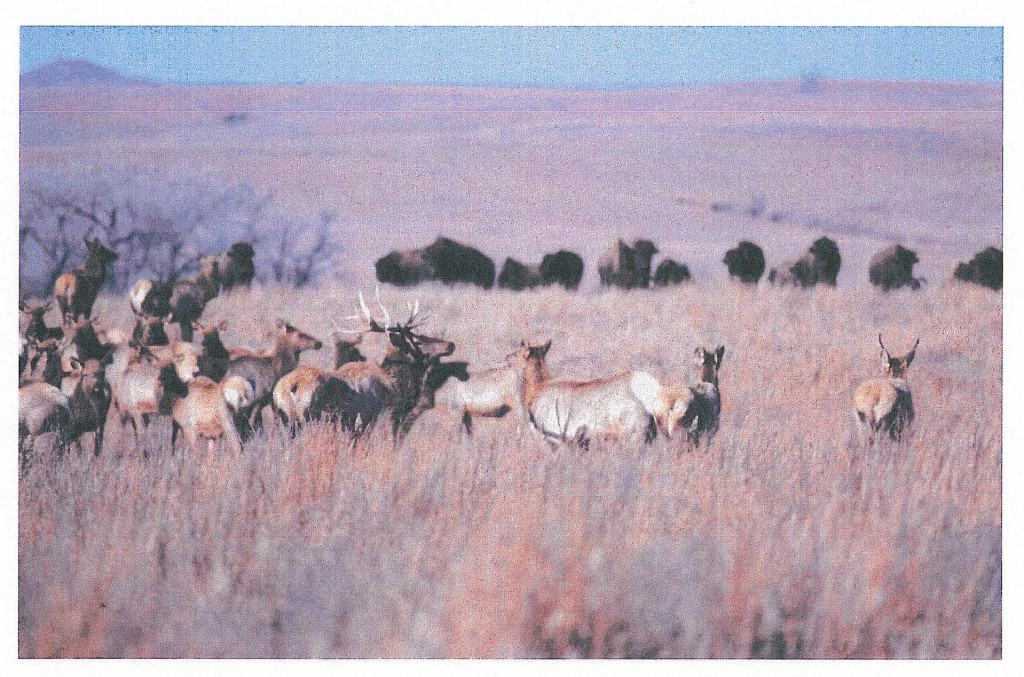
Elk & Bison grazing on the Flint Hills Tallgrass
47. Ranching is the dominant land use throughout much of the Flint Hills Tallgrass Prairie Regional Ecosystem.
47.1 The following photographic exhibit is a fair and accurate representation of ranch activity in the Flint Hills.
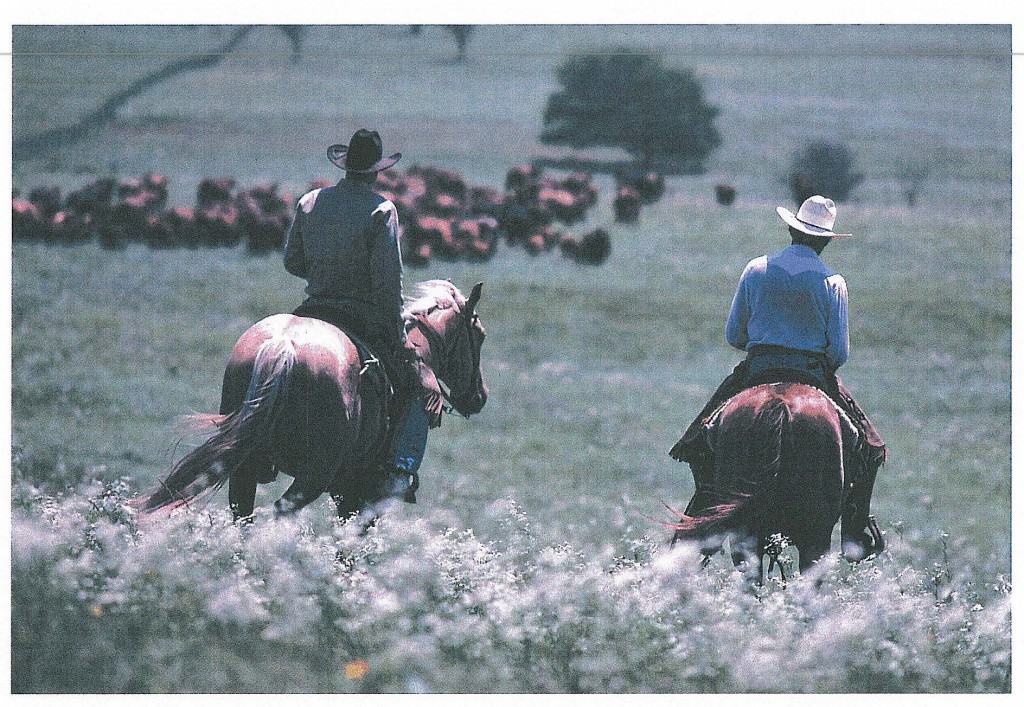
Flint Hills ranchers
47.2 The following photographic exhibit is a fair and accurate representation of working cattle on a Flint Hills Ranch
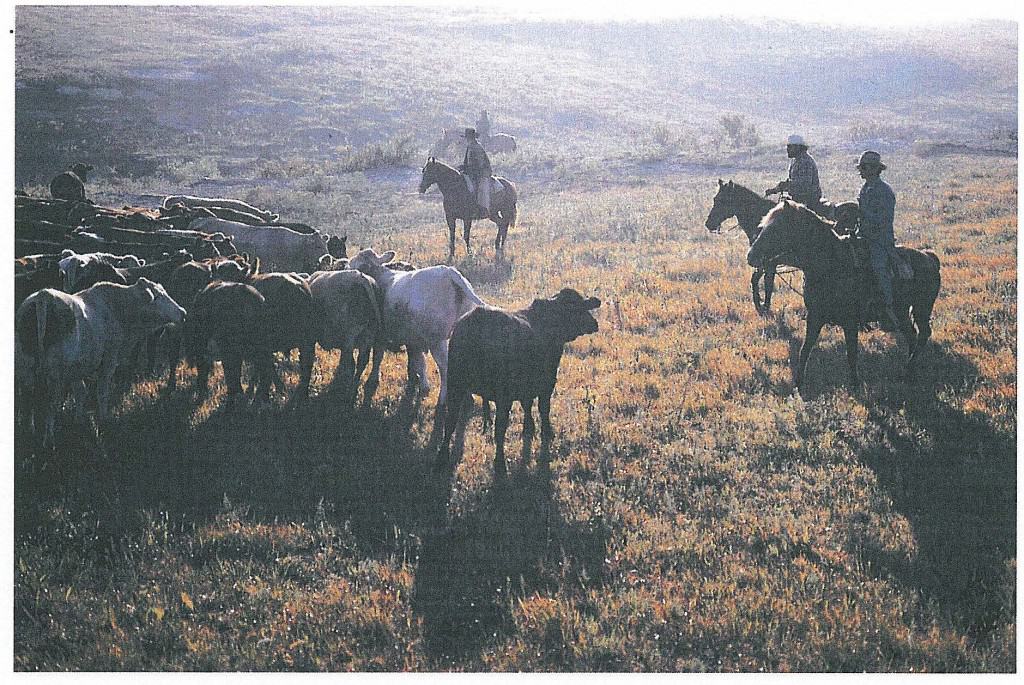
Flint Hills Cattle Ranching
48. Matrix-forming communities are overwhelmingly dominant on the landscape, and serve an important function in the long-term viability of the region, both in terms of habitat and in maintaining the functional networks between and among the species and the complex inter-related environment processes operating within them. Large expanse, small expanse and linear communities most commonly occur as “wet prairies” imbedded in the matrix prairie type or as woodlands confined to narrow bands along streams.
49. Some areas within the Flint Hills Tallgrass Prairie Regional Ecosystem are sparsely populated. Seven of the nine most sparsely populated counties in Kansas are located within this ecoregion. For example, Chase County, Kansas with a population of under 3,000 and a land area of approximately 800 square miles, has fewer than 4 residents per square mile. Moderate size urban areas are located on the flanks of the Flint Hills Tallgrass Prairie Regional Ecosystem: Tulsa and Bartelsville, Oklahoma on the south; Wichita, Kansas to the west; Topeka, Kansas adjacent on the northeast; Manhattan, Kansas within the northern section; and Kansas City, Kansas and Kansas City, Missouri 50–60 miles to the northeast.
50.1 The following photographic exhibit is a fair and accurate representation of the endangered American Burying Beetle.
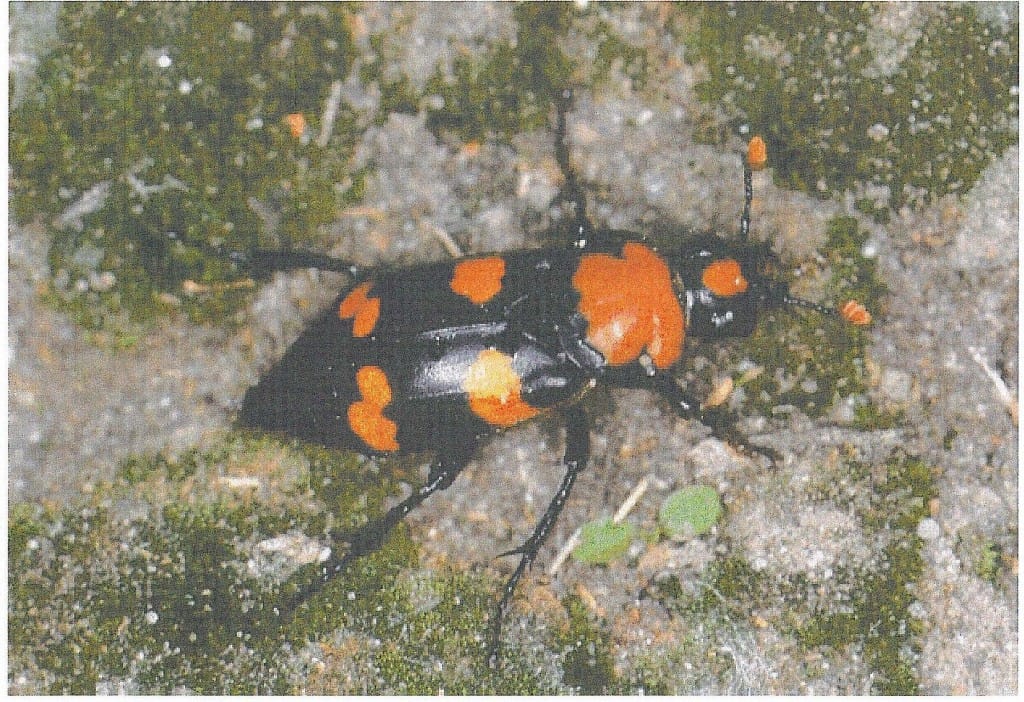
50-1 American Burying Beetle
50.2 The following photographic exhibit is a fair and accurate representation of the endangered Western Prairie Fringed Orchid.
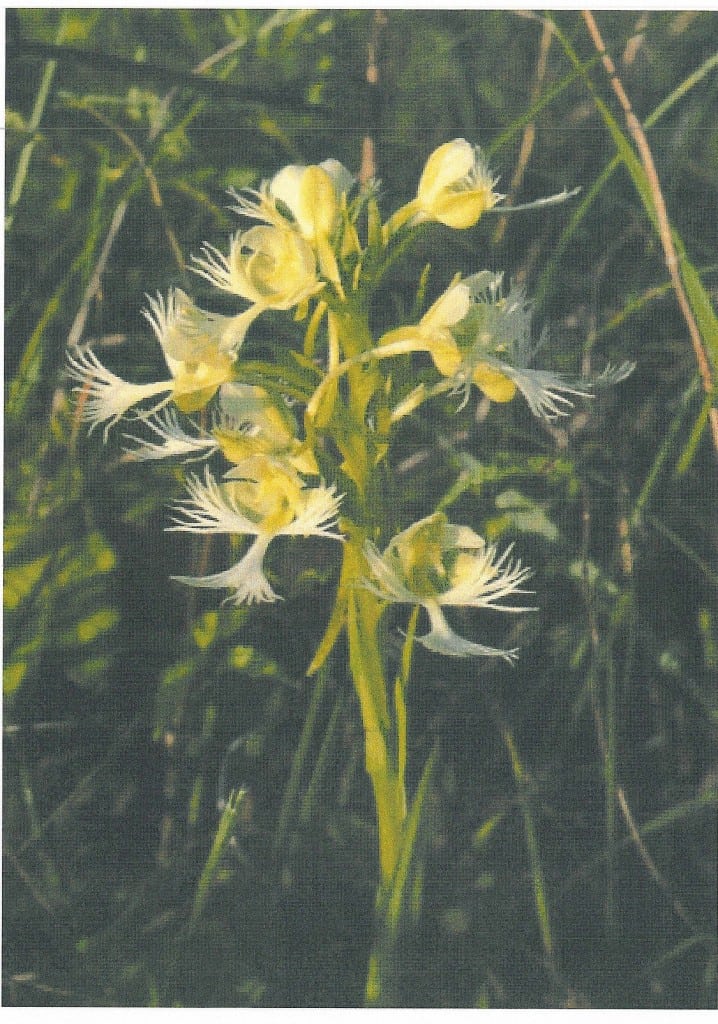
50.2 Fringed Orchid
51.1 The following photographic exhibit is a fair and accurate representation of native prairie grassland.
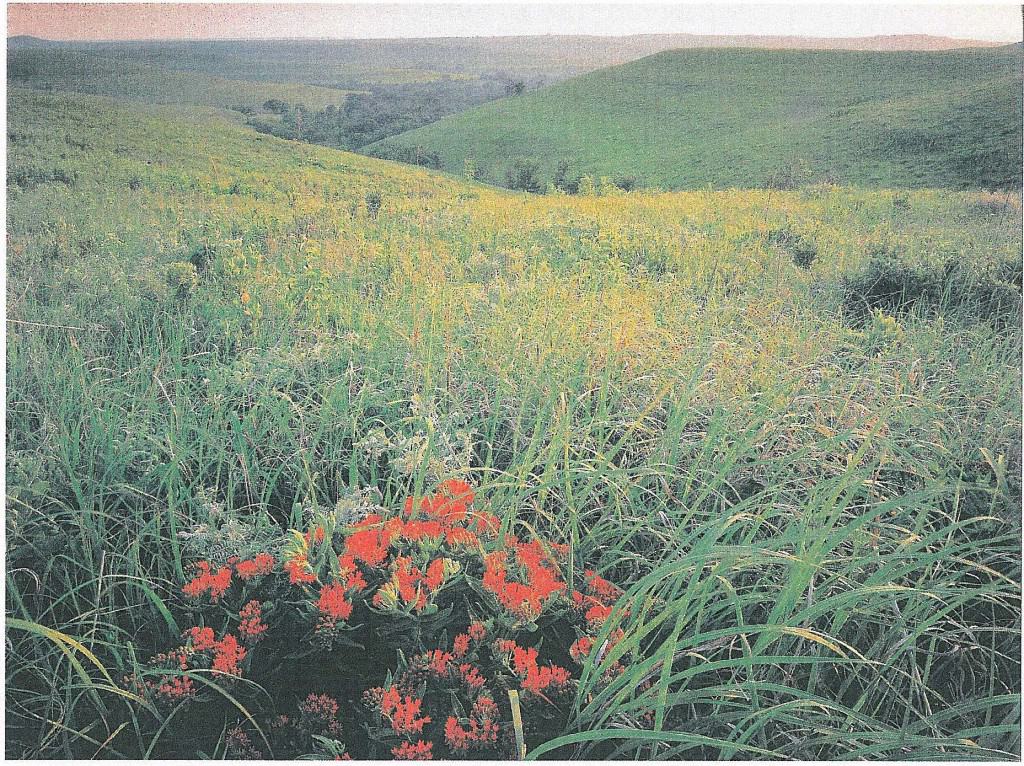
51.1 Native Prairie Grassland
52. Tallgrass Prairie once covered more than 140 million acres of the United States and Canada from Indiana on the east to Kansas on the west and from Canada on the north to Texas on the south. Nearly all of it has been plowed under for agriculture but an ancient past survives in the irreplaceable Flint Hills Tallgrass Prairie Ecosystem.
53. Today, the Tallgrass Prairie covers less than 4% of its original area. This makes it one of the rarest and most endangered ecosystems in the world, and one that is profoundly affected by a variety of potential ecological changes.
54. The Tallgrass Prairie Region of Kansas is one of the only remaining intact ecosystems of its type in the United States. Of the 400,000 square miles of Tallgrass Prairie that once covered the North American Continent, less than 4% remains, primarily in the Flint Hills.
55. Nearly two-thirds of all the surviving Tallgrass Prairie in North American lies within the Flint Hills of Kansas.
55.1 The Kansas Natural Heritage Inventory of the Kansas Biological Survey rates the Flint Hills as one of the top conservation priorities for the state of Kansas.
55.2 The Nature Conservancy has identified the Flint Hills as a priority conservation action site.
55.3 Flint Hills Tallgrass Prairie Preserve, a 2,200-acre preserve owned by The Nature Conservancy, has been designated as a globally important bird area by the American Bird Conservancy.
55.4 The following map prepared by the National Geographic Art Division in 1980 fairly and accurately depicts the original extent of the Tallgrass Prairie Regional Ecosystem.
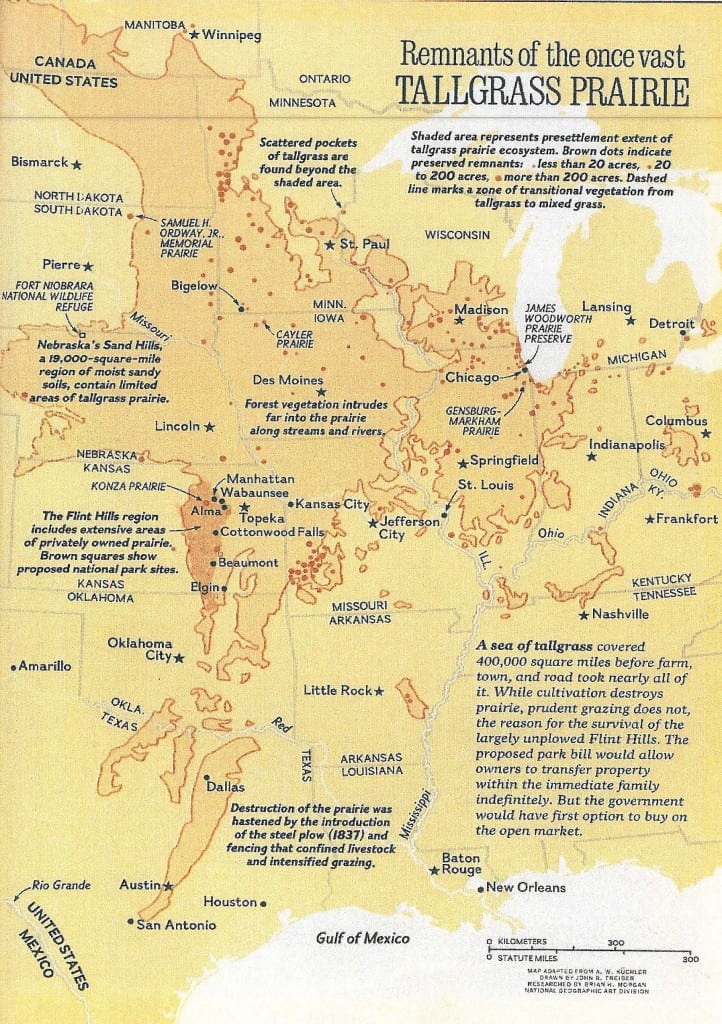
55.4_Remnants of once vast Tallgrass Prairie
55.5 The following photographic exhibit is a fair and accurate view of the Flint Hills Tallgrass Prairie National Preserve.
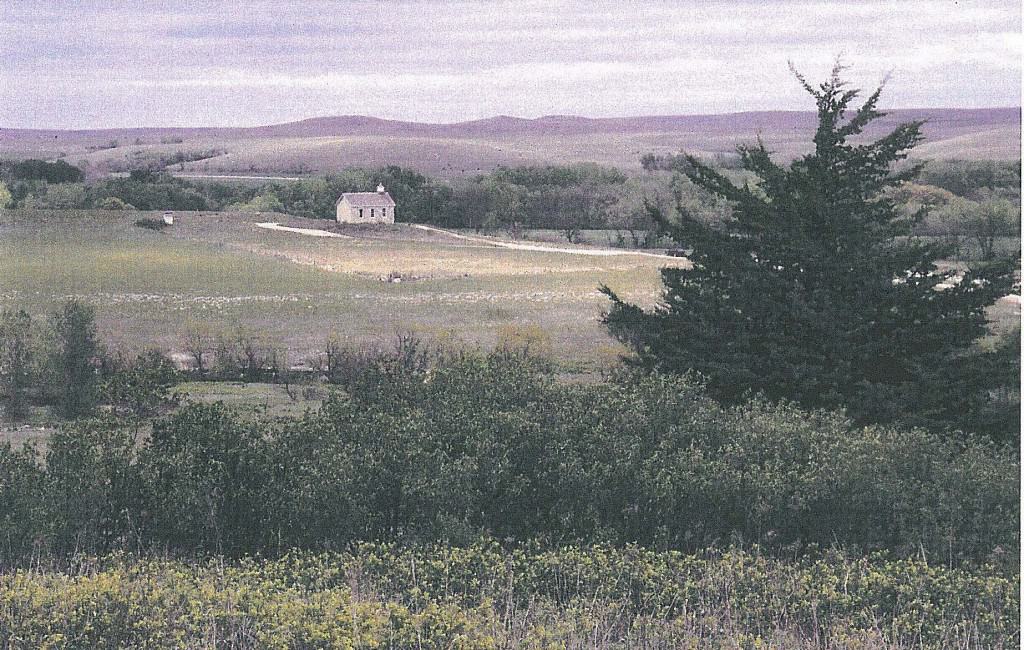
55.5 Tallgrass Prairie National Preserve
56. The Flint Hills Tallgrass Prairie Ecosystem is home to the largest area of native prairie grassland in a unit of the National Park System, the Tallgrass Prairie National Preserve, and to a state scenic byway and a candidate state scenic byway.
56.1 The following photographic exhibit is a fair and accurate representation of a state scenic byway designation in the Flint Hills.
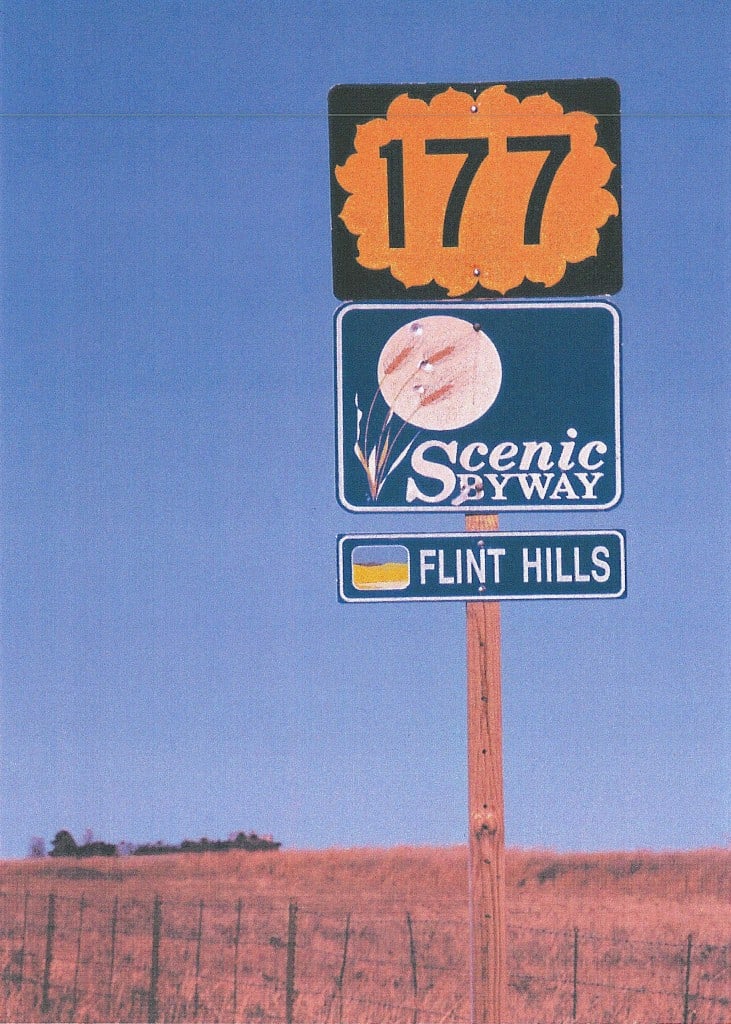
56.1 Scenic Highway Designation Route 177
57. The Flint Hills Regional Ecosystem region hosts a multitude of wildlife species, especially those dependent on expansive grasslands. It is one of the last strongholds of the Greater Prairie-chicken, a signature species of the Tallgrass Prairie ecosystem as well as many other grassland nesting species that, because of habitat loss, have declined more than any other class of birds. The Flint Hills also serve as an important avian migration corridor.
57.1 The following photographic exhibit is a fair and accurate representation of Greater Prairie-chickens.
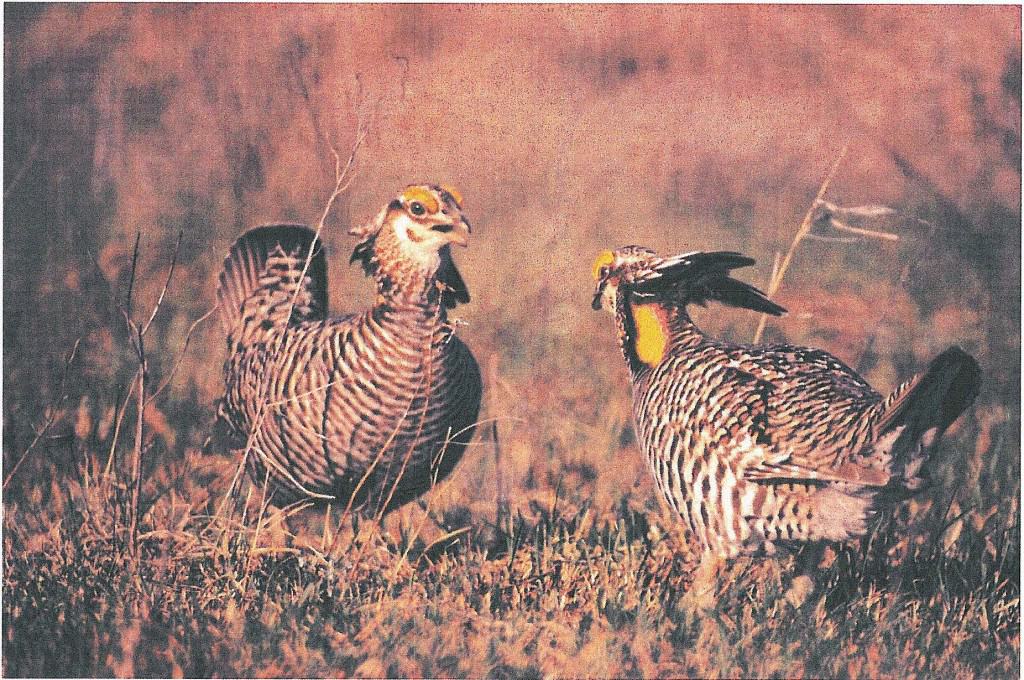
57.1 Greater Prairie Chickens
57.2 The following photographic exhibit is a fair and accurate representation of migrating White Pelicans flying over the Flint Hills.

57.2 White Pelicans
57.3 The following photographic exhibit is a fair and accurate representation of migrating Snow Geese flying over the Flint Hills.
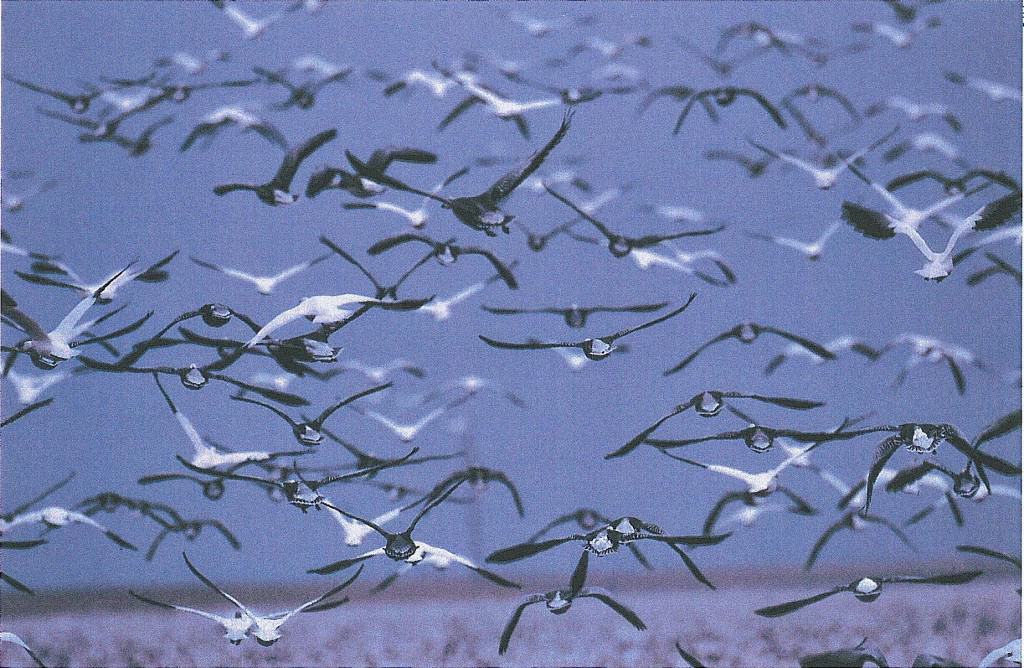
57.3 Snow Geese
58.1 The following photographic exhibit is a fair and accurate representation of wild rose hips which are a plan t species indigenous to the Flint Hills Tallgrass Prairie Regional Ecosystem.
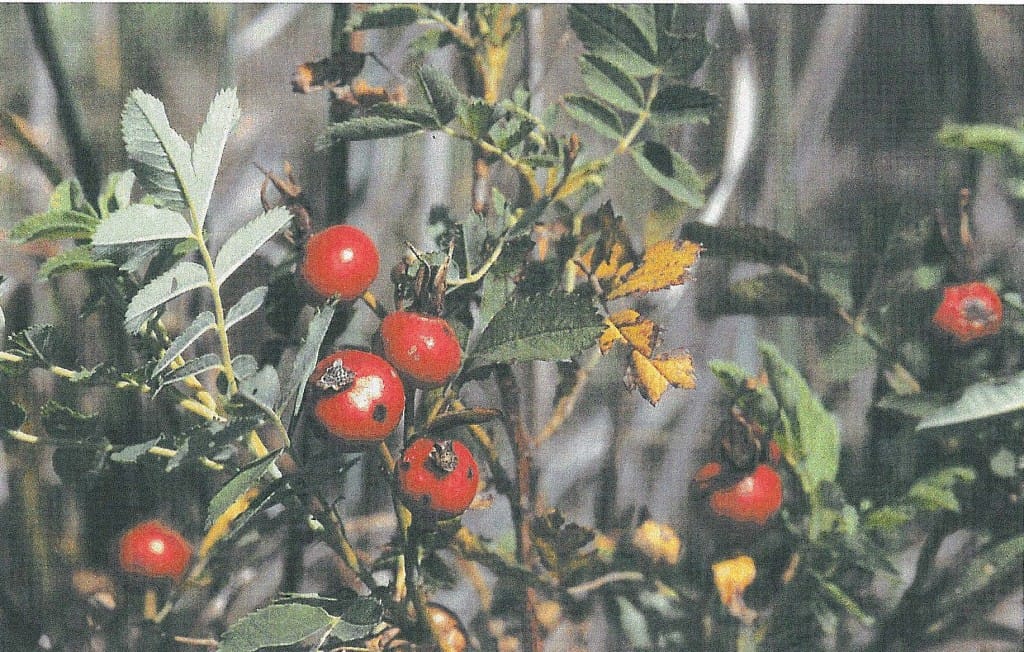
58.1 Rose Hips
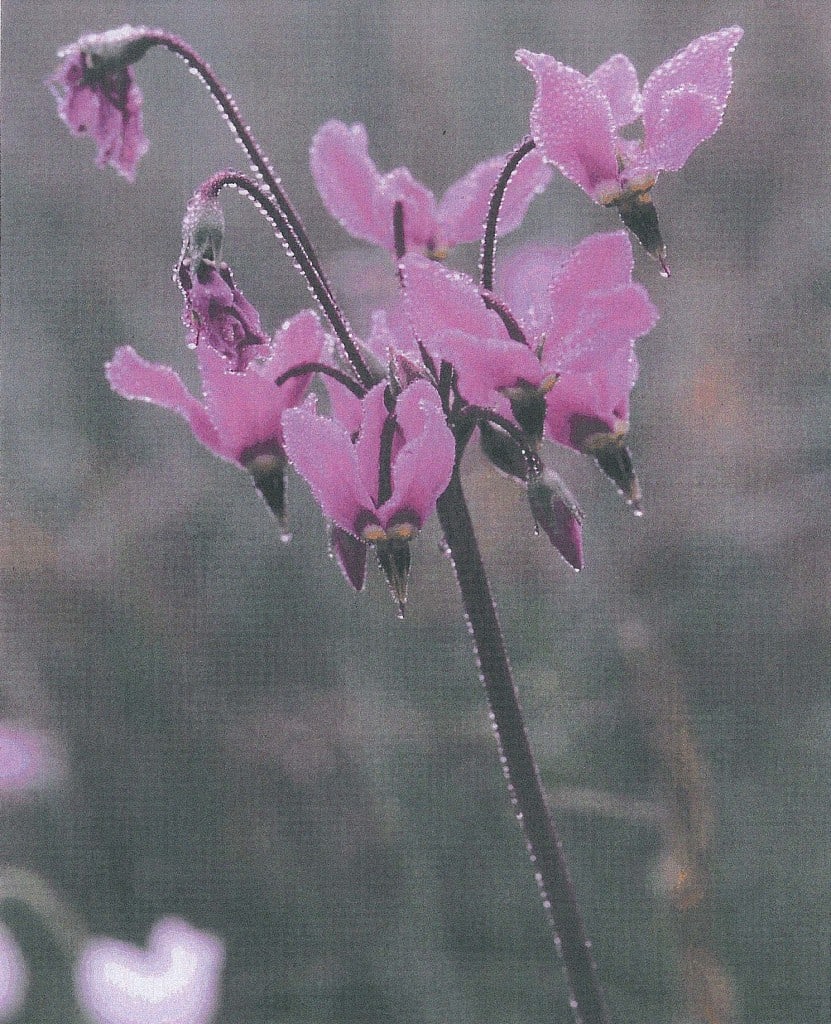
58.2 pink Shooting Star
58.3 The following phototograhic exhibit is a fair and accurate representation of a Collared Lizard, a species of reptile indigenous to the Flint Hills Tallgrass Prairie Regional Ecosystem.
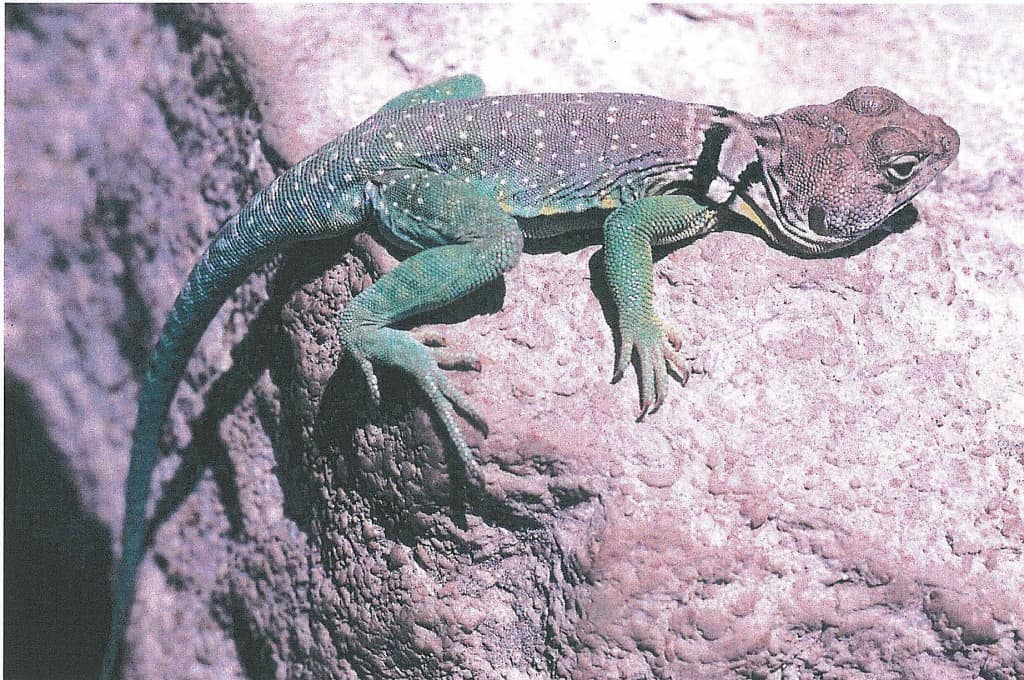
58.3 Collared Lizard
59. The open and undeveloped spaces of the Flint Hills Tallgrass Prairie Ecosystem are the equivalent resource in scale and spectacle to Florida’s Everglades. Yet, the Tallgrass Prairie Preserve and adjacent prairie lands are a largely neglected resource.
60. The World Wildlife Fund has recognized the Flint Hills as one of only six grasslands in the contiguous U.S. that is globally outstanding for biological distinctiveness.
61. The Flint Hills Regional Ecosystem is a unique national and international resource treasure still relatively unspoiled by the pressures of modern development and worthy of meaningful preservation.
62. The Flint Hills is home to many ranchers and landowners who have been traditional stewards of the prairie and who desire to retain the agricultural and ranching heritage by preserving the native grasslands for future generations.
63. The combination of the rich cultural, historical and ecological resources in the Flint Hills coupled with its natural beauty endows Kansas with an unparalleled asset. These attributes create an under-utilized opportunity for nature and agriculture based tourism, which have tremendous potential to improve the economy of the region as well as the State.
Please continue to the next section of the complaint, a detailed description of the Tallgrass Prairie National Preserve

